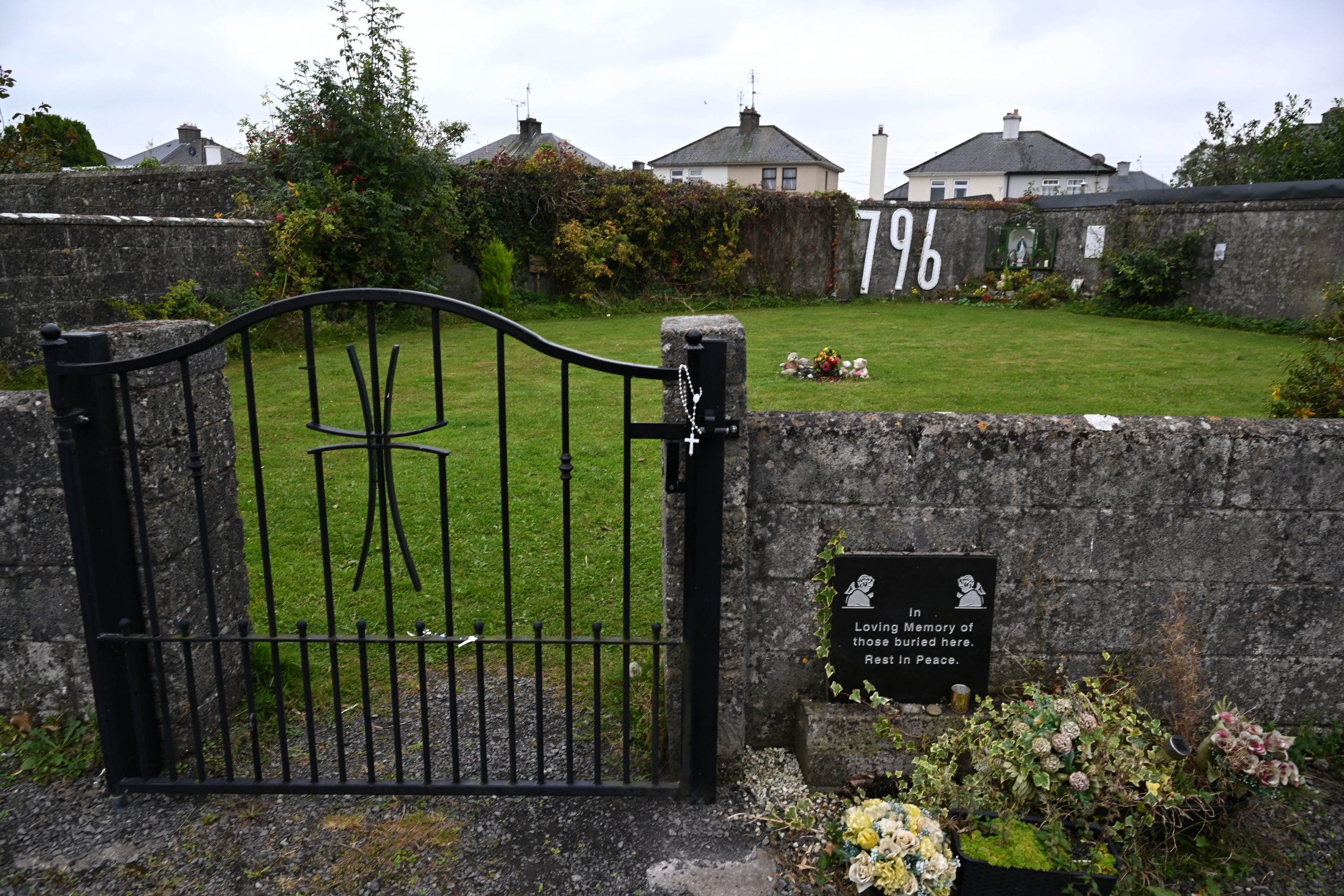This part of the Tuam intervention is governed by s.57 of the Institutional Burials Act 2022.
Restoring dignity in death and, where possible, an identity is the core mission of ODAIT.
Memorialisation is a key component of the Tuam intervention, particularly given the scientific challenges anticipated with respect to the identification and individualisation of human remains. ODAIT’s Family Liaison will lead this process.
It is possible that for some human remains recovered from the Site, no familial link will be established. This could happen for various reasons including:
- DNA testing is not viable for all of the human remains due to the size, condition and/or number of individual skeletal samples recovered
- The DNA obtained from the human remains is not of a sufficient quantity or quality to enable a DNA comparison
- No eligible family member(s) has come forward to give a DNA sample
- An eligible family member(s) has come forward to give a DNA sample, but a DNA match is not achieved
Concerning final arrangements for human remains recovered from the Tuam site where a familial link has been established, in accordance with s.57(2) of the Act, the remains will be reinterred in accordance with the wishes of the family. If those wishes cannot be established in accordance with s.57(2), the Director will make such final arrangements by providing for the re-interment of the remains, including by selecting the place for, and manner of, such re-interment, as he or she considers most appropriate having regard to—
- The dignity of the deceased,
- Any known religious practices of the deceased, and
- The condition of the remains.
Concerning final arrangements for human remains recovered from the Tuam site where it has not been possible to establish a familial link, in accordance with s.57(3) of the Act the Director shall make such final arrangements for the human remains concerned as the Director considers appropriate having regard to:
- the wishes (if any) of persons who consider themselves, with reasonable cause, to be family members of persons believed to have been buried at the principal burial land concerned or any ancillary burial land,
- the dignity of the deceased, and
- the condition of the remains.

An inclusive, consultative process reflecting ODAIT’s values will be launched to listen to families (both eligible family members and relatives who fall outside this definition e.g. cousins), survivors and the community with respect to the form of memorialisation that will be undertaken, being at all times mindful of the sensitivity of the issue.
This section was amended on 25 September 2025
